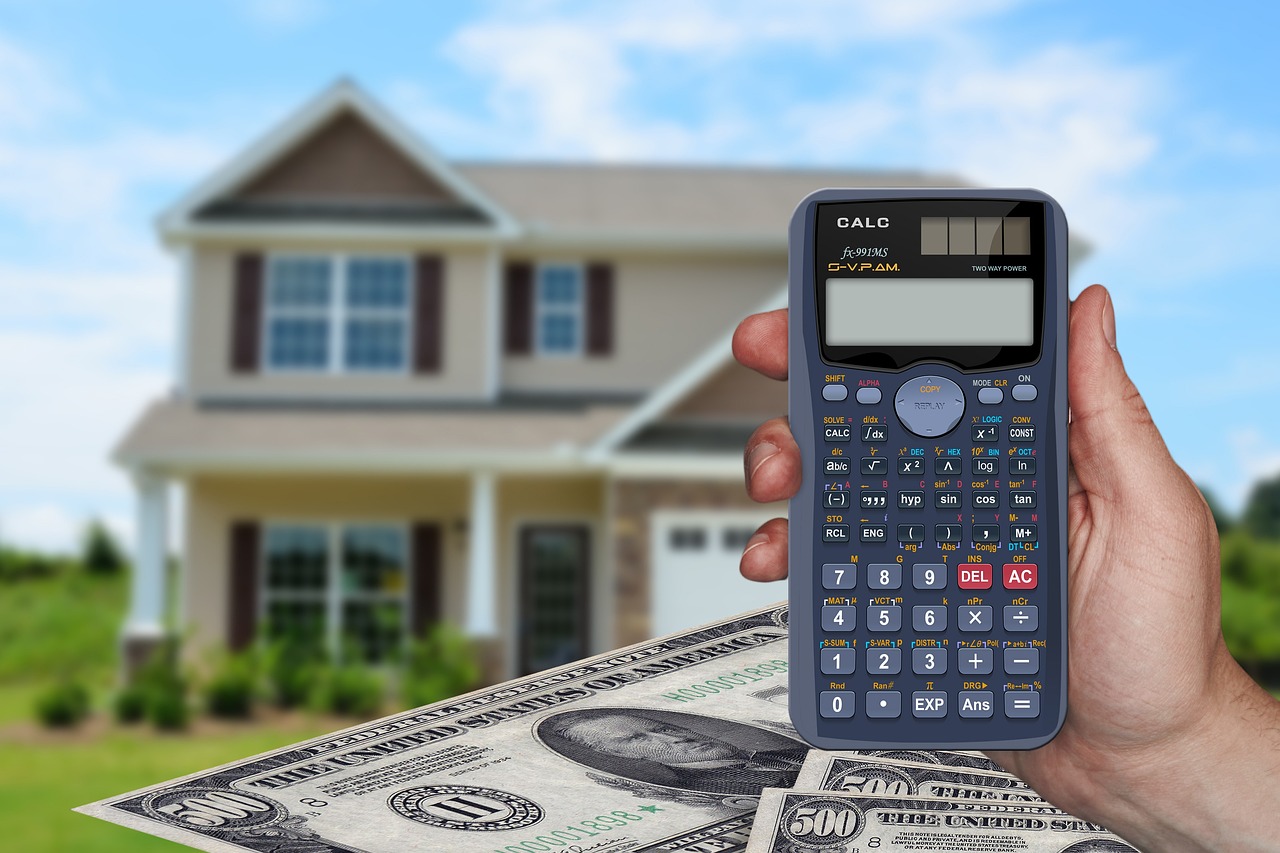Understanding Home Value: Practical Valuation Guide
Learn what determines your property's worth and how valuations are calculated. This practical guide covers the methods valuers use, market and economic drivers, regional trends in the UK housing market, and the strengths and limits of online valuation tools. Read on to know when to update your valuation for selling, refinancing, or investing and how to get a reliable estimate.

Understanding what makes a property valuable helps homeowners, buyers and investors make more informed choices. A homes value reflects a combination of location, condition, local supply and demand, and broader economic forces. Whether youre planning to sell, refinance, borrow against equity or simply want a clearer picture of your asset, knowing how valuations are produced and when to refresh them will help you make better decisions.
How professionals work out property values
Valuers and estate agents rely on several established methods to reach a defensible price. The most widely used is the comparative market analysis (CMA). This approach examines recent sales of nearby properties with similar characteristics, then adjusts for differences such as floor area, bedroom and bathroom count, plot size, and the standard of finish. The goal is to identify true comparables and use those transactions as the primary reference point.
The cost approach estimates value by calculating how much it would cost to rebuild the property from scratch and then deducting depreciation. It is particularly useful for new constructions or architecturally distinctive homes that lack close comparables.
For income-producing assets, the income approach converts expected rental earnings into a capital value, typically using rental yield or a capitalization rate. This method is essential for multi-unit blocks, buy-to-let investments or commercial holdings, though it is less applicable to owner-occupied single-family homes.
Experienced valuers rarely rely on a single technique. They combine these quantitative methods with a qualitative assessment: a physical inspection to gauge condition, quality of finishes and recent upgrades; consideration of off-market sales and short-term market momentum; and an understanding of local nuances that raw data may miss.
Market dynamics and economic drivers
Wider market conditions heavily influence prices. In a sellers market where demand outstrips supply, prices tend to rise as buyers compete. Conversely, a buyers market with abundant inventory often leads to price stagnation or decline. Key economic indicators such as interest rates, employment, and GDP growth shape buyer confidence and affordability, which in turn affect demand.
Mortgage rates play a central role because they determine borrowing costs. Lower rates make monthly payments more affordable and expand the buyer pool, pushing prices up; rising rates reduce purchasing power and can cool the market. Other influences include lending criteria, inflation and fiscal policy, all of which feed into the housing cycle.
The UK landscape and regional patterns
The UK market is marked by strong regional variation. London and the southeast have traditionally carried the highest prices, but recent years have seen faster relative growth in parts of the Midlands and the north as buyers seek value and larger homes. Urban centres and commuter towns with limited supply continue to experience upward pressure.
Government measures such as stamp duty changes, help-to-buy initiatives or temporary reliefs can shift short-term demand. Political events, including the effects of Brexit and successive policy changes, have created uneven sentiment across regions. A persistent shortage of homes in many areas — driven by planning constraints, geographic limits and slow build rates — remains a long-term upward force on prices.
Are online valuation tools reliable?
Online valuers are useful for a quick estimate and initial research. These services use algorithms that pull public sales data, basic property attributes and area trends to generate a value range. Theyre convenient for getting a ballpark figure without paying for an in-person appraisal.
| Online Valuation Tool | Provider | Key Features |
|---|---|---|
| Zoopla Estimate | Zoopla | Uses historical sales and property attributes to produce a range |
| Rightmove Price Search | Rightmove | Shows recent sold prices and neighbourhood comparables |
| Nationwide Price Calculator | Nationwide | Offers regional price trends and forecasts based on Nationwide data |
| Halifax House Price Calculator | Halifax | Uses Halifax house price index and historical patterns |
Cost disclaimer: These tools produce indicative estimates and should not replace professional valuations. Professional appraisal and mortgage valuation fees vary depending on provider and property complexity.
However, automated estimates have limits. They often miss internal improvements, high-quality finishes, unique architectural features, and hyper-local factors like curb appeal or imminent nearby developments. Data lags, errors in public records and the inability to inspect the property mean online figures can be inaccurate for any individual home. Treat them as a starting point, then consult a local estate agent or accredited appraiser for a valuation that reflects current market nuances.
When to update your property valuation
How often you check your home’s worth depends on your objectives. For general awareness, an annual review is sensible. But you should obtain a current valuation if you plan to sell, refinance, apply for a home equity loan, or make a major life decision tied to your property. Significant local changes — new transport links, planning approvals or large commercial schemes — can justify an interim reassessment.
If market conditions are volatile, for instance after interest rate shifts or economic shocks, more frequent monitoring helps you time transactions better.
Bringing it all together
Valuing a home requires both data and professional judgement. Comparative sales, cost-to-rebuild calculations and income-based approaches each have their place, and the most reliable outcomes come from combining these methods with a hands-on inspection and local market knowledge. Use online valuation tools for quick orientation, but rely on local specialists and formal appraisals for decisions with financial consequences. Keeping informed about regional trends, macroeconomic indicators and lifecycle events affecting your property will help you make confident, well-timed choices about buying, selling or investing.






